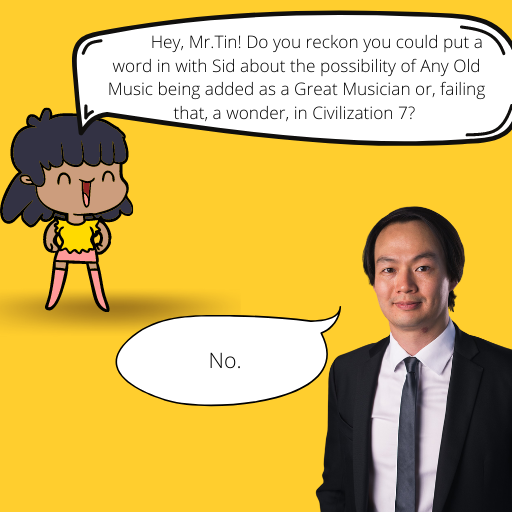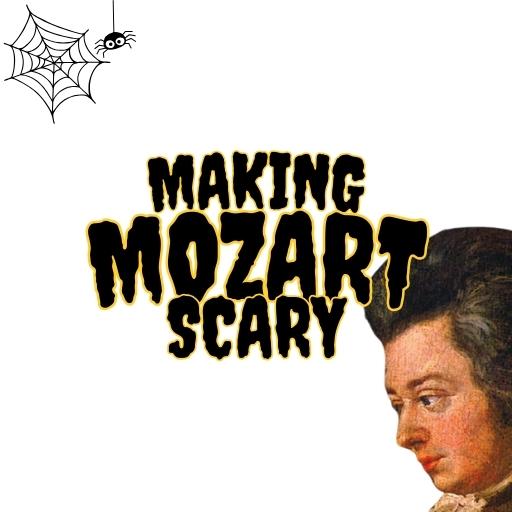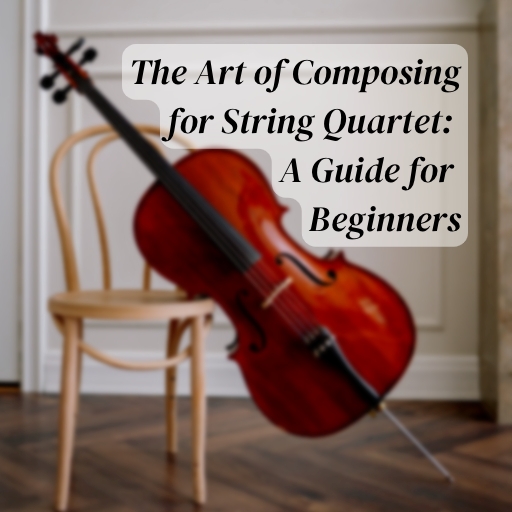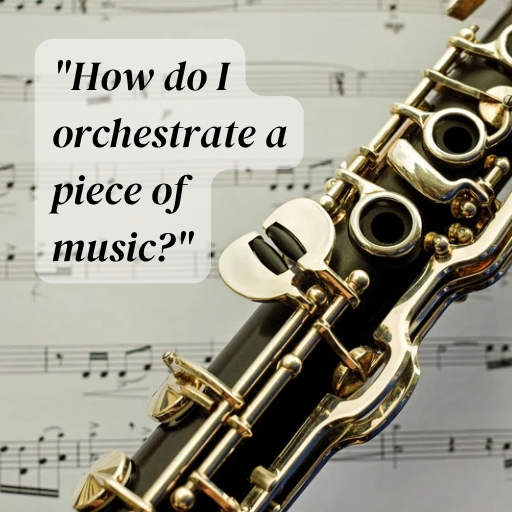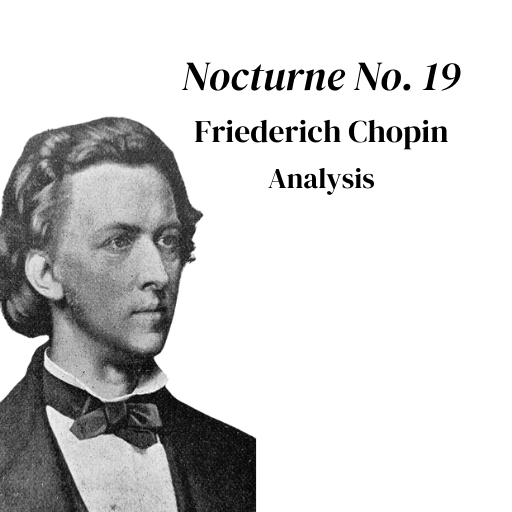The issue of writer’s block comes up again and again. In response to these woes, the bandying of limitation and constraint has emerged. However, bandy or not, where there is this kind of heuristic, implicit consensus on something, there is usually an element, if not more, of truth.
In my PhD studies and practice as a composer, while not wholly intentional, I had and continue to develop means of understanding constraint and limitation in a way that, I believe, can diagnose writer’s block. Furthermore, like any good diagnoses, they can offer, if not foolproof, a means of easing the symptoms and speeding up recovery.
Starting by breaking down and defining constraint into two types: functional and aesthetic, I then want to discuss how they translate into practice and can be used to overcome writer’s block. Obviously, I try to be as brief as possible so the assertions I make regarding some terms, particularly aesthetics, should not be seen as universal but taken purely in the context of this line of inquiry. Nevertheless, taking this approach, we should begin to see how recognising different constraints can help us work through writer’s block.
Function
The function is that which your music must do to work when brought to meet its purpose. In other words, if your composition is for video-game, it might need to be designed in a way that the game engine can realise it. Therefore, the limitation of technological factors such as audio rendering resources available to producing the soundtrack at any given moment in the game, or the technical limitations of implementation, could constrain your composition. Otherwise, your music may, literally, malfunction.
Not all instances of functional constraint are like this: they will not cause your music to be completely broken. Instead, it is generally a consideration of effectiveness. For example, the music I write for a professional orchestra would very likely be different to what I would write for a beginners school or youth orchestra. Similarly, the music I write for a professional session orchestra, who will only see the music during the recording session, will likely be different from a concert orchestra with several rehearsals to look at the music. A consideration of technicalities such as difficulty, time and skill levels should affect your composition. Otherwise, the functionality and effectiveness of your music could be compromised.

In this article/video, I take a look at the composition technique used in Christopher Tin's composition for Civilisation 6, Sogno di Volare. Unearthing more than I expected to, there is a range of techniques to take from this piece. For example, the interconnection of musical structures and the use of established form.
Aesthetic
Aesthetics are, at least here, the critical framework surrounding your composition. Aesthetics, therefore, are the heuristic that will inform processes of verification on your work. These processes could be by yourself in composition, or by an audience listening to your work.
Using similar examples to before, if we are composing for a video game, the genre, narrative and other stylistic features will shape the musical language you use. For example, the music you write for a first-person shooter will likely be different to the music you might write for a simulation game. Furthermore, two first-person shooter games might have different music if one has a cartoon art style and the other is aiming for realism. If we add narrative, the musical language might be shifted again. For instance, if the cartoon shooter involved saving teddy-bear characters and the realistic one civilian hostages, from a criminal mastermind, then the musical language will likely be different again. (The music could be dramatically different if those things were flipped and the “realistic” game involved saving teddy bears!)
In the case of the orchestral example involving abstract music, aesthetics are less clear. However, they are no less pertinent. We all engage with music critically. Our critique might be as impulsive as changing the music on the radio because we “hate that song”. Or, it could be more nuanced and, while we enjoyed the concert we attended last night, the song cycles harmonies and tonalities, in the final movement, undermined the subtext of the lyrical content and, thus, destroyed the narrative arc of the entire cycle! (Pretentious.) Moreover, the tone of the cycle felt at odds with the rest of the programme. Therefore, considering musical language as it might pertain to the music’s purpose and contexts could and probably should constrain us.
Aesthetic vs Function
As defined here, the difference between aesthetic and function is that function can be much more distinct and more objective in how it constrains your music. Whereas, albeit not unobjectifiable, aesthetics rely on a form of heuristics. Aesthetics are frequently pervasive in a project: signalled as opposed to defined. Functions, on the other hand, can and often are set by numbers and words.
If you’re enjoying this article, why not sign up to our musical knowledge bombing list? (Find out more by clicking the link. Thank you.)
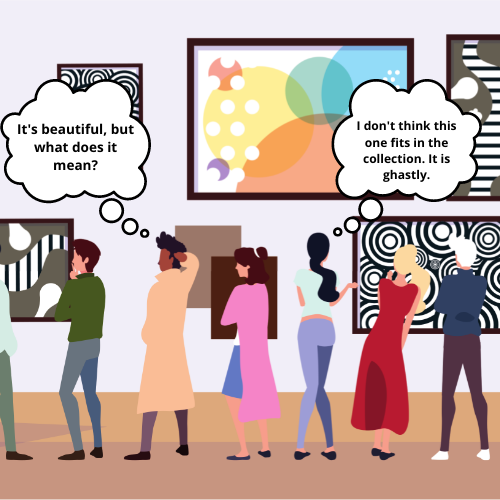
Understanding constraint: an analogy
In my review of Margaret Boden’s book Creativity and Art, I discussed the concept of conceptual space. In doing so, I asked you, the reader, to imagine the world, our earth, as a representation of human ingenuity. Conceptual space, in this analogy, could therefore be seen as the area of artistic or scientific inquiry. In other words, the process of defining research, delineating boundaries for exploration, or understanding the needs of a project.
Flipping perspectives, back to our consideration of the aesthetic and functional, the conceptual space, therefore, is the boundary of exploration. Or, at least, the boundary we ought to be looking at: our understanding, conscious or sub-conscious, of the project, will determine the accuracy with which we explore and engage with the “correct” conceptual space.
The conceptual space, therefore, is partitioned by our understanding and management of aesthetic and functional issues. If we know (or feel) that we ought to be exploring certain musical language for a cue or entire project, this is our conceptual space: the landscape within which we are operating. However, if we know that we have a small budget, limited musicians and can only implement the music using simple techniques and technology, we might reduce the area of exploration.
Switching back to the initial analogy, aesthetic constraints could be the knowledge we have of the individual or thing we are searching for. Perhaps, we know the person we are searching for likes a particular location or that we can recall, roughly, the place we last had our car keys. Possibly incorrect, meaning we might not find what we are searching for, these are rational and, even, heuristic places to start our search. If we can see an increased chance of success, with no conflicting information, why not go for it?
If we exacerbate the situation by factoring in limited resources, the need to be decisive in what we do can become imperative. If there is a deadline and we are searching alone and on foot (as opposed to with many people and with other resources that could speed up our search), the need to justify our efforts becomes powerful. If we fail, we want to be able to tell ourselves that we searched for our friend or keys wisely and as best as we could.
An analysis of Debussy’s Arabesque No. 1, looking at structure, melody and harmonic language.
Managing constraint: putting understanding into practice
In my experience, managing constraint can be an outstandingly beneficial device for triggering creativity. And, typically, constraints have two implications:
- there are so many that they bottleneck and stop your motivation to enter that creative state of play and engagement;
- there are too few, and you are unable to rationalise creative choices.
It can, therefore, be helpful to determine what the root cause of your writer’s block is, as you can then purposefully solve the problem.
Removal of constraint
I have found functional constraint is the usual, unnecessary culprit of the first kind of writer’s block. Usually, if you are concerned with things like technological limitations before you even write a note of music, you are overcomplicating things. Functional constraints tend to pair with issues of arrangement and orchestration. It can, therefore, be easy to forget that a musical idea, before you have it, is malleable. In other words, once you have a musical idea, it can be adapted to fit with the functional constraints of a project later.
It is only after composing some material that one ought to start considering function. Once you have tangible ideas, you can begin to arrange them. At this point, the core musical materials should have important aesthetic qualities built into them and the need to consider them becomes less pertinent. In other words, while significant functional issues can start to be met, aesthetic concerns can be relegated as a means of verifying creative decisions. Functional matters become the primary means of determining what you do with the music.
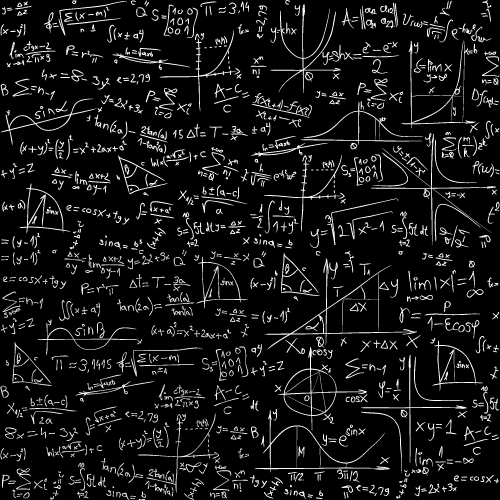
The addition of constraints
In some ways, my explanation of removing unnecessary restraints touches on this concept of adding constraints. Essentially, managing constraint is a matter of temporarily or permanently emphasising, discarding or imposing limitations when you need them most. However, it does not deal with the artificial imposition of constraint that can be useful in getting the ball rolling.
Aesthetic constraints are more pertinent, in my experience, when sketching ideas. In some ways, it is only through sketching that aesthetic boundaries form. However, sometimes the only way to motivate sketching is to give the process focus. Doing so relies on either knowledge of the project, from which you might be able to draw some objective guides for sketching, or, possibly, arbitrary focus points. For example, a decision to focus on writing a strong melody or motif could be driven arbitrarily or by the project. For instance, I would be more inclined to focus on motifs in a narrative video game than I would be on a short film. However, I might arbitrarily come to those conclusions too. The primary point here is that there is a decision: sketching will focus, at least momentarily, on melody, considerably reducing my initial area of inquiry.
Aesthetic constraints, as we have discussed, can be more specific, depending on the project. The difficulty with them is that they are not easy to articulate. Furthermore, in my opinion, the best projects are those that work to amass and immerse, rather than define literarily, the collaborators in the underlying aesthetic. However, projects that do this rely on a delicate balance that is difficult to create. Therefore, one usually has to identify constraints by defining or identifying facets of the project.
The Dead-end
The kind of writer’s block that we have not discussed is reaching a dead-end. In this instance, I think the problem is remarkably nuanced as the point you reach a dead-end is much more varied. Therefore, diagnosing the issue can be difficult. However, I believe my remedies have application still. Only the process of finding the solution might be less clinical and more trial and error based. If you are stuck and need to get unstuck, reframing the problem by removing, adding or emphasising certain constraints could be the way out.
Summary
There are many constraints, aesthetic and functional, more than I could hope to identify and regurgitate here. However, the broader breakdown of limitations into functional and aesthetic types helps categorise and, thus, identify issues that might be causing your bout of writer’s block.
If you are unsure of where to start, it could be worth trying to articulate, as briefly as possible, the constraints of the project or composition. Issues of function can be easier to identify, in my experience. However, we are all different.
Try to place the constraints you identify into two columns: one functional, the other aesthetic. In doing so, you can start to see what the problem is, and it could be a mixture. For example, if your functional column is loaded, you might want to try and, temporarily, forget about these, returning to them later. If your aesthetic column is sparse, you might need to fill this out by extracting information from the project or arbitrarily. Although, the latter of these could be undesirable.
Ask collaborators for mood boards (images and/or sounds) and narrative components (scripts, synopses etc.), if it is that kind (media) of project. Look at the commission; there could be implicit aesthetic expectations. For instance, the commission could have been made by an ensemble or festival that focuses on contemporary music. Or, it could be an ensemble that prefers lighter, fun pieces for concert performance. From this, you should be able to paint a picture in your mind or write out a creative brief for yourself. Doing this helps define your problem, making it more convergent, hopefully giving you a way of tackling it.
Welcome to a journey into the heart of orchestration! In this exclusive video, composer and instructor George Marshall reveals the transformative process …
The Art of Composing for String Quartet: A Guide for Beginners String quartet music has been a favorite of composers and music …
Norman Del Mar’s engaging and informative writing provides unique insights into instrumentation and the lived experience of a knowledgeable conductor and horn …
Orchestrating a piece of music is a rewarding process that requires a combination of creativity, technical expertise, and practical skills...
A complete analysis of Nocturne No. 19, looking at form, structure, harmony and melody.
An impromptu analysis of the comedic melodies John Williams created to underscore the devious, Gilderoy Lockhart, in Harry Potter and the Chamber of Secrets.

